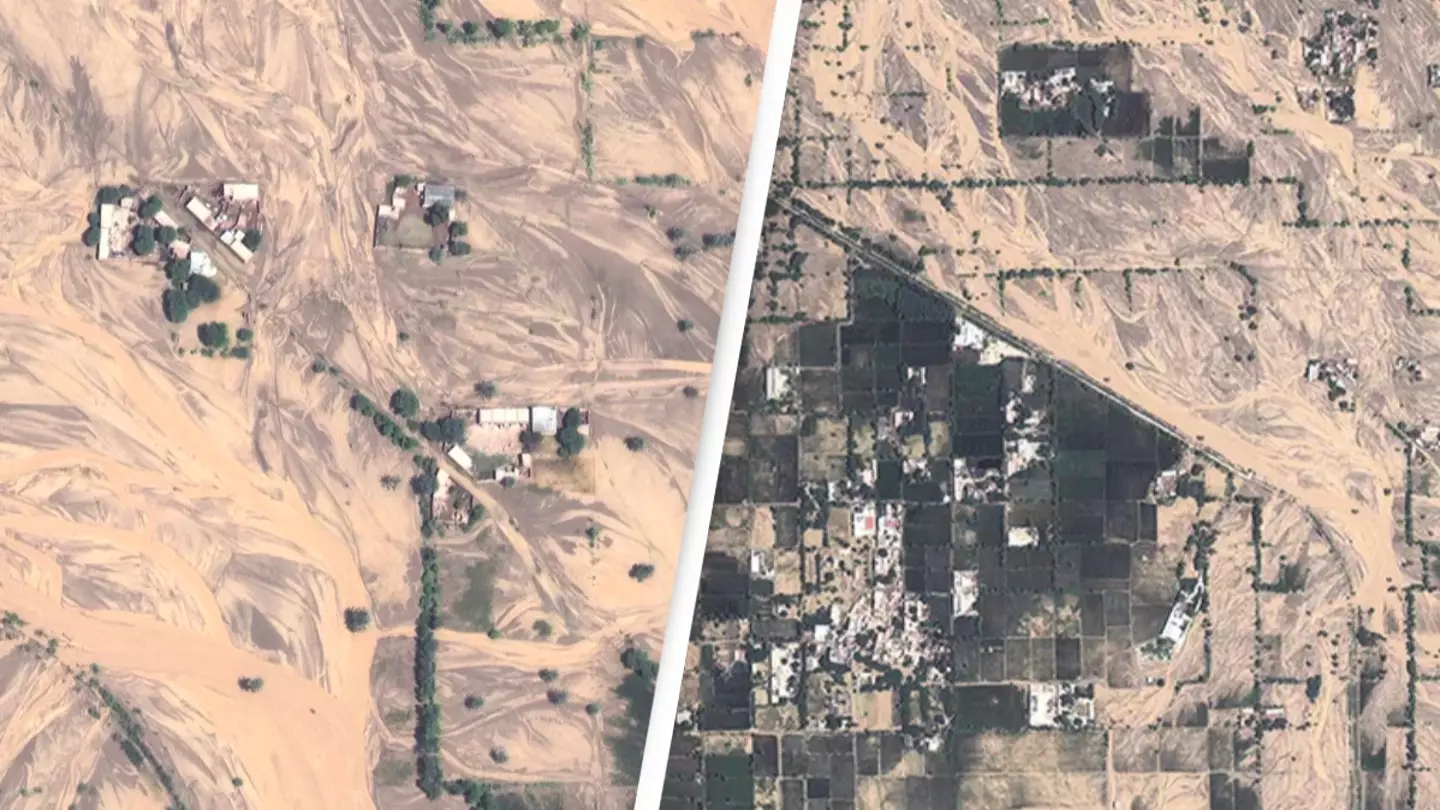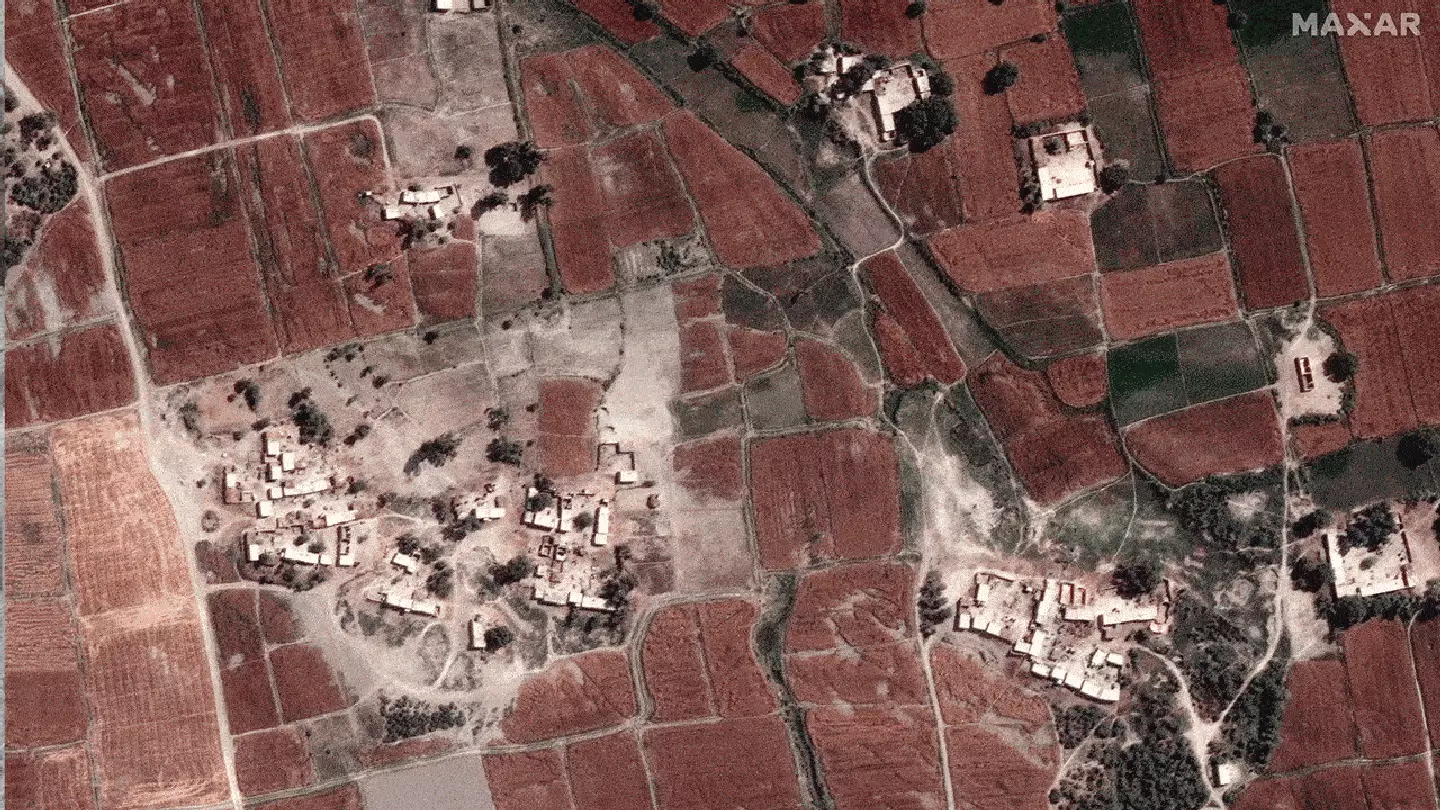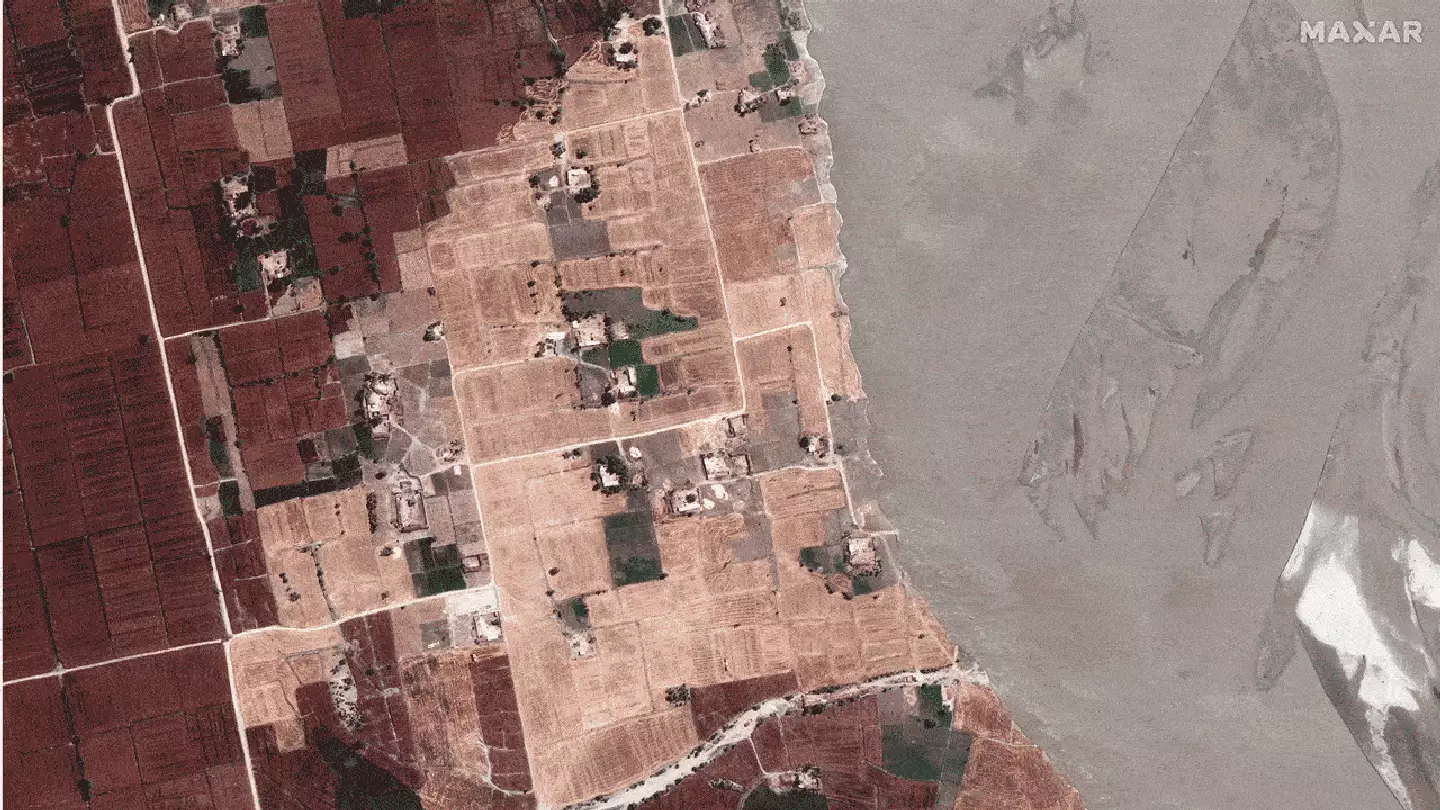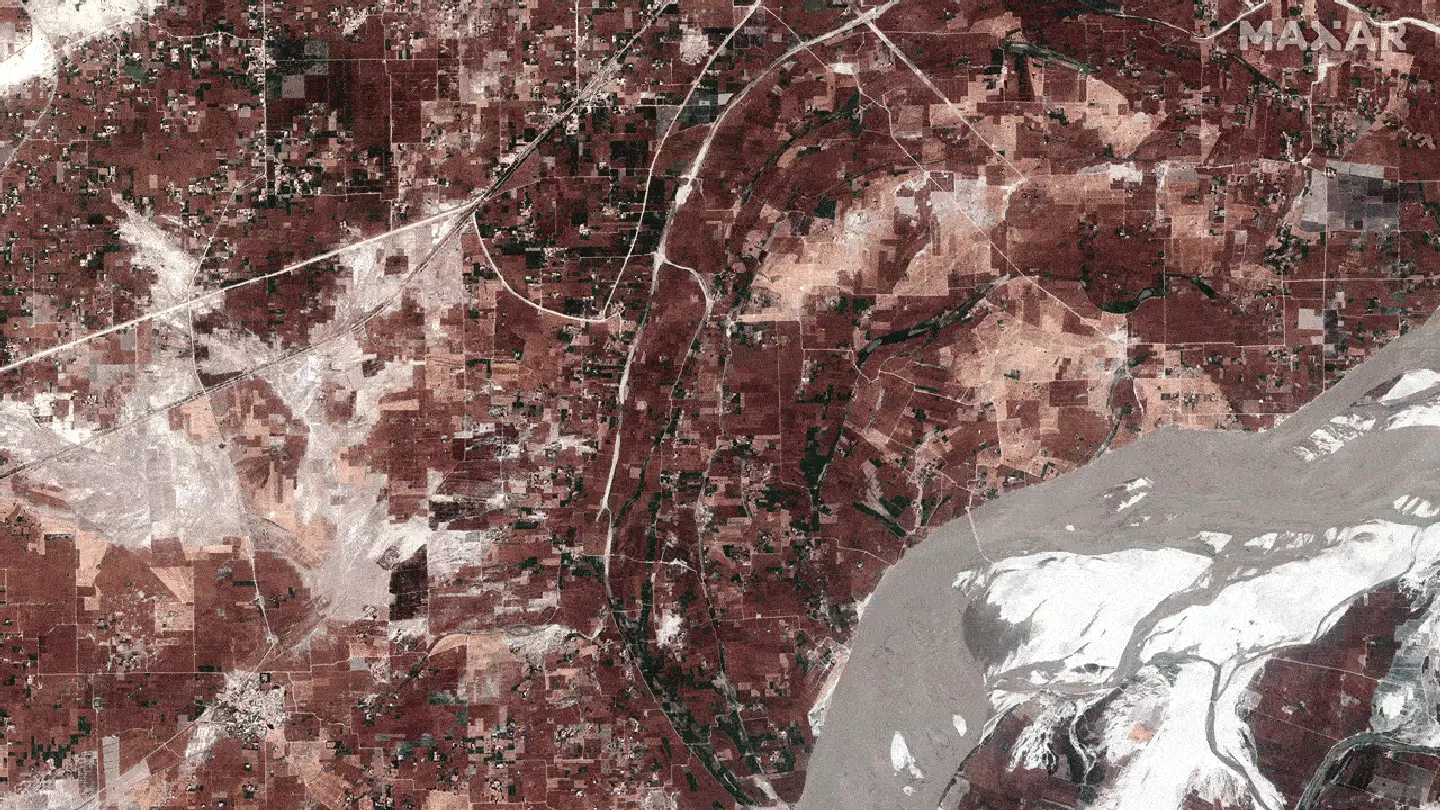
Satellite images released of Pakistan show the devastating impact serious flooding has had on the country’s landscape.
Pakistan is experiencing one of its worst flooding crises as a result of a horrific monsoon season, which has left approximately one third of the country under water.
The South Asian country has been experiencing torrential monsoon rains since June. The consequences have been calamitous for the country’s population.
Roughly one million homes have been damaged, hundreds of thousands have been forced to flee to relief camps, nearly 1200 people have been killed, and over 1600 people have been injured.
Advert
And now, new heart-breaking satellite images provided by NASA have shown just how horrifically the floods have impacted Pakistan’s landscape.

Experts have warned that the floods currently taking place could end up being worse than the country’s floods in 2010, where nearly 1700 died. And concerns are beginning to increase about the threat posed by waterborne diseases in addition to the flood’s initial damage.
So far, it is estimated to have caused at least $10 billion in damage to the country.
Advert
And as the floods rage on, the citizens continue to suffer.
Consequently, the United Nations has announced an urgent appeal to aid the victims of this “unprecedented climate catastrophe”.
As reported by NBC News, The World Health Organisation has said it has begun to aid the Pakistani government to help them assist those affected by waterborne diseases with medicine and other health supplies.

Advert
Dr. Palitha Mahipala, who works as the WHO representative for Pakistan, said: “Our key priorities now are to ensure rapid access to essential health services to the flood-affected population, strengthen, and expand disease surveillance, outbreak prevention and control, and ensure robust health cluster coordination.”
But despite efforts from authorities to assist the population, the Pakistani population is still largely lacking access to basic essentials, including food and drinking water.
The floods, alongside heatwaves and forest fires, have been attributed to climate change by some. But others say it is too early to say for certain, as more complicated calculations need to be done before this assertion can be made.

Advert
However, Abid Qaiyum Suleri, a member of Pakistan’s Climate Change Council, said that the rainfall experienced in Pakistan this summer is 'more than 780 percent above average levels'.
He added: “Extreme weather patterns are turning more frequent in the region and Pakistan is not an exception.”
People online have worked to spread awareness of the tragedy affecting Pakistan, urging other online users to donate to relief aids.
Meanwhile, others have also pointed out the upsetting statistic that Pakistan is responsible for less than 1% of global carbon emissions in the last 60 years, and yet, it is seemingly one of the worst impacted countries by climate change.
Advert
If you would like to donate to the Red Cross Emergency Appeal, which will help provide food, water, supplies, clothes, and shelter to those in Pakistan, click here for more information.
Topics: Climate Change, World News, News
